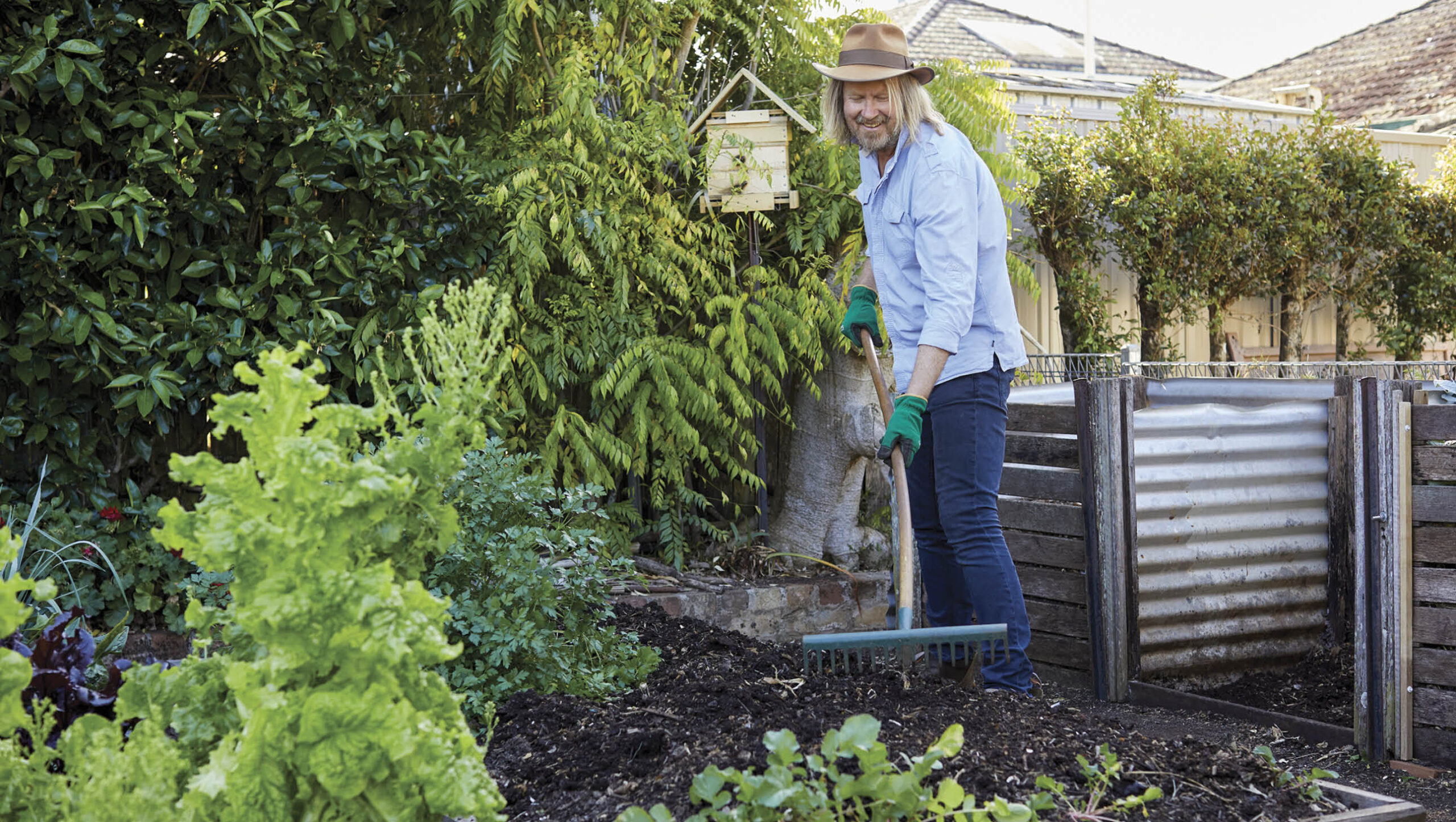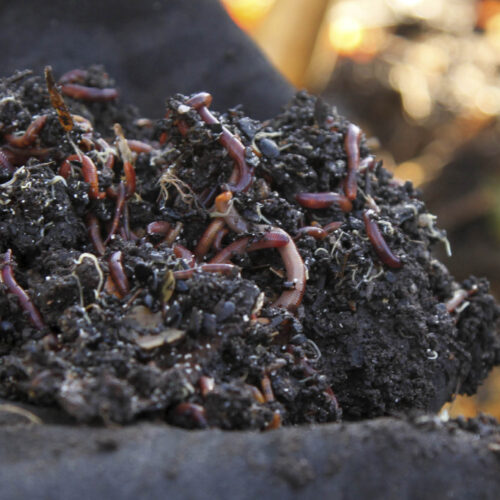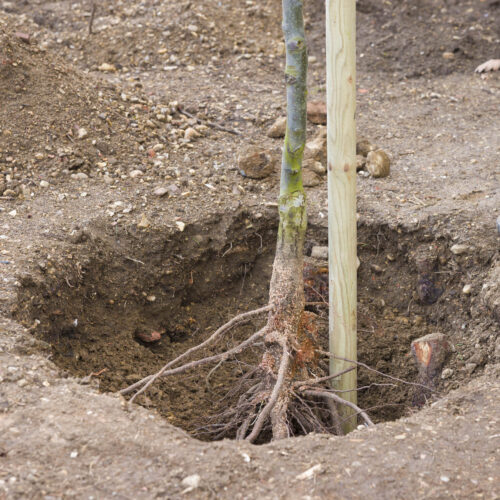Join the no-dig revolution
2025-01-15T15:57:22+11:00
There's a growing number of gardeners who have hung up the spade and adopted the no-dig approach. Phil Dudman explains why.
You don’t have to dig and turn the soil to grow good vegies: you can choose to adopt the no-dig approach. I garden this way, and vegies thrive in my untilled soil. I’ve also found my yields are as good or higher than they were when I was digging.
Benefits of no dig
Less work
The most obvious benefit is that no dig requires less effort. Let’s face it, digging soil is hard work, and bad for your back! Spreading a few buckets of compost over a bed is a breeze.
Fewer weeds
You get fewer weeds, too. Whenever you till a soil, lots of weed seeds are brought to the surface where they germinate readily. With no dig, old weed seeds are buried deeper every time you add another layer of compost mulch, so they can’t germinate.
It’s also easier to manage problem perennial weeds, such as oxalis and onion weed, because you’re not tilling and spreading their tiny bulbils around the bed.
More time
I find that this ease of preparation and maintenance makes gardening even more enjoyable. It also saves lots of time, freeing you up for other more pleasant gardening pursuits, such as watering, feeding, planning and planting, all of which lead to a higher production of better quality crops.
Healthy soil
Perhaps the most significant gains are in the soil. When you stop tilling, beneficial soil organisms, including worms, microbes and fungi, are allowed to thrive, undisturbed, leading to healthier soil that’s teaming with life. These soil organisms are responsible for breaking down organic materials and converting them into nutrients, which can be taken up by plant roots.
More soil secrets
Plants are seemingly aware of this important process, and release some of the sugars they produce through photosynthesis into the soil via their roots to further support microbial communities. In return, mycorrhizal fungi, which attach to plant roots, spread their mycelium far and wide, which then harvest moisture and nutrients to translocate back to their host plants. These are beautiful symbiotic relationships designed by nature to ensure plants thrive.
The wonders don’t end there. Many soil organisms produce exudates, which act like glue, helping to bind soil particles together to form aggregates. The spaces between the aggregates allow air, water and plant roots to penetrate easily, just like a well tilled soil, only better. A well-aggregated, well-structured soil, is strong and permanent and less prone to compaction from watering, heavy rainfall and foot traffic.
The more we learn about soil, the more we realise that the less we disturb it, the better it’s going to be. All we need to do is to keep feeding it on the surface, as nature intended.
Handy tools
- A good garden fork comes in handy for loosening up the subsoil, especially if you have clay. No-till market gardeners who grow this way use a broadfork. Like a garden fork only broader, with more tines, and two long handles either end, a broadfork allows you to aerate a lot of ground quickly.
- A quality steel rake is just the thing for spreading compost and mulch and shaping beds. You can also use it for knocking over lots of weed seedlings when preparing a bed.
- For general weeding, you can’t go past a Dutch hoe, which is a long-handled tool with a flat, metal blade that you push through just under the surface to knock out weeds at their roots.
- A dibbler is the perfect tool for quickly making holes in the compost and dropping in seeds or seedlings.
Phil’s step-by-step guide to preparing your garden using the no-dig method, appeared in full in our Early Autumn 2024 issue (OG 147). You can get more expert tips and ideas by subscribing to ABC Organic Gardener magazine.







